David Pisani’s photographic work can be summed up as a relentless pursuit of the sublime and the erotic.
His earliest works (c. 1980’s) already showed a deep concern with the representation of the human body, the erotic nature of places and objects as fetishism and the inevitable association to sexuality and death; themes which are consistently present in all his work.
The link between decay and architecture is most evident in his photographic essay on the city of Valletta and the red-light district of Strait Street entitled ‘Vanishing Valletta’ which was first exhibited in Paris in 1996 during the Biennale of photography: Mois de la Photo à Paris under the title “La Valette et le Grand Port – Portrait d’une Capitale Maritime”. In 2000, a selection of the Vanishing Valletta archive was included in the permanent collections of the Bibliothèque Nationale de France. Pisani has also produced photo essays on the city of Dubai, the conflict zones in Cyprus and the city of Kyoto in Japan.
In 1998 he confronted the theme of the human body with a more explicit treatment of the themes of decay and death and produced a seminal body of work entitled “EVERY-BODY” developing a unique photographic chemical process that causes the image to alter itself over time as does the human body that grows old, dies and decomposes.
Pisani’s photographic work can be described as a personal voyage to understand humanity in its overwhelming complexity. He has relentlessly endeavoured to produce meaningful images that are not merely objective representations, but are metaphors for his concerns for the human condition, the environment, and his political ideas. He has been drawn to the subject of decay and death since an early age and has been fascinated by the representation of the human body (in sufferance or in ecstasy). This is partly due to the fact that Pisani was brought up on the island of Malta where religious manifestations and artistic representation of a high baroque are omnipresent.
As Pisani’s research into corporeality evolved, it became obvious that it would be unavoidable to represent the human figure without entering the realms of the sublime and the erotic, and therefore the link between sexuality and death finally resulted in a body of work entitled “Every-Body” (1998)
“Every-Body” is part of an ongoing project related to the human body, its representation and metaphor in visual art and our perception of life and death in contemporary culture. The prints in this collection are all silver gelatin photographs printed using a unique process (developed by himself) that decomposes the print over time. The objective was to create a photograph that would detach itself from the artist/creator and begin a life of its own. The prints are in continuous mutation through chemical reactions and over a period of several decades, will disintegrate much as the human body lives, grows old, dies and decomposes.
However the project is not simply an experiment in alternative photography: its motive and message stem from a political discourse about contemporary culture, taking as a seminal reference the work of Pierre Bourdieu and his stand on the body as cultural signifier as well as Julian Huxley and the transhumanist movement that envisages a body-utopia of biological perfection. This utopia spurs precisely from the very nature of our biologically erratic reality. In the current culture of self-obsession and image-based über-realities the body in its most basic form is being rejected, hidden away as every technological innovation pushes forward to the ultimate dream of the perfect (yet artificial) humanoid.
His most recent work deals precisely with this current obsession of self-imagery and bodily transformation and his concerns that the consequences of such mass movements, spurred by technology, will have a serious impact on our future social lives and our civilisation. Pisani has said “…ultimately we are all in the process of fulfilling the gnostic Trans-humanist dream.”
He is a fanatical darkroom printer with more than 30 years’ experience in commercial and fine art printing.
Photo Credit: George Scintilla

Share

Operational Programme I – European Structural and Investment Funds 2014-2020 “Fostering a competitive and sustainable economy to meet our challenges”. Project may be part-financed by the European Regional Development Fund Co-financing rate: 80% European Union Funds; 20% National Funds.


Operational Programme I – European Structural and Investment Funds 2014-2020 “Fostering a competitive and sustainable economy to meet our challenges”. Project may be part-financed by the European Regional Development Fund Co-financing rate: 80% European Union Funds; 20% National Funds.

© Malta International Contemporary Art Space 2023
© Malta International Contemporary Art Space 2023
© Malta International Contemporary Art Space 2024





Operational Programme I – European Structural and Investment Funds 2014-2020 “Fostering a competitive and sustainable economy to meet our challenges”. Project may be part-financed by the European Regional Development Fund Co-financing rate: 80% European Union Funds; 20% National Funds.


Operational Programme I – European Structural and Investment Funds 2014-2020 “Fostering a competitive and sustainable economy to meet our challenges”. Project may be part-financed by the European Regional Development Fund Co-financing rate: 80% European Union Funds; 20% National Funds.

© Malta International Contemporary Art Space 2023